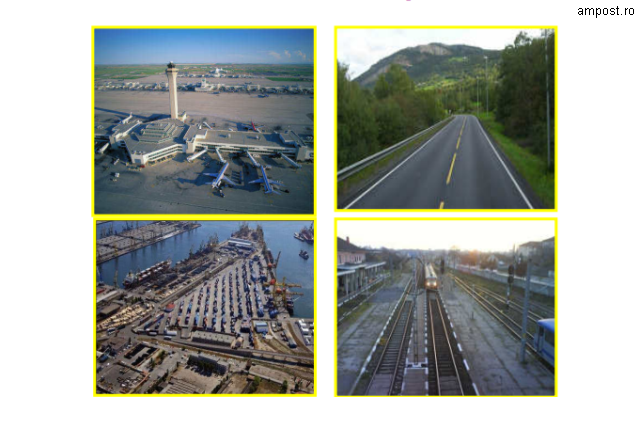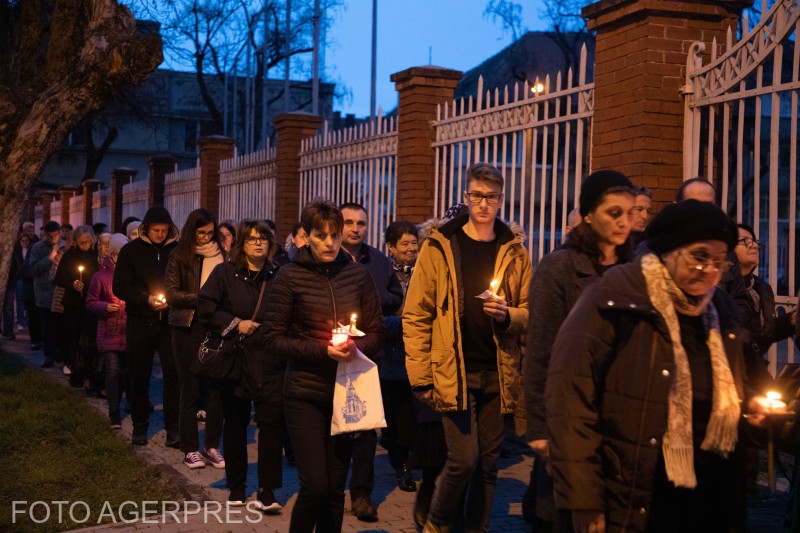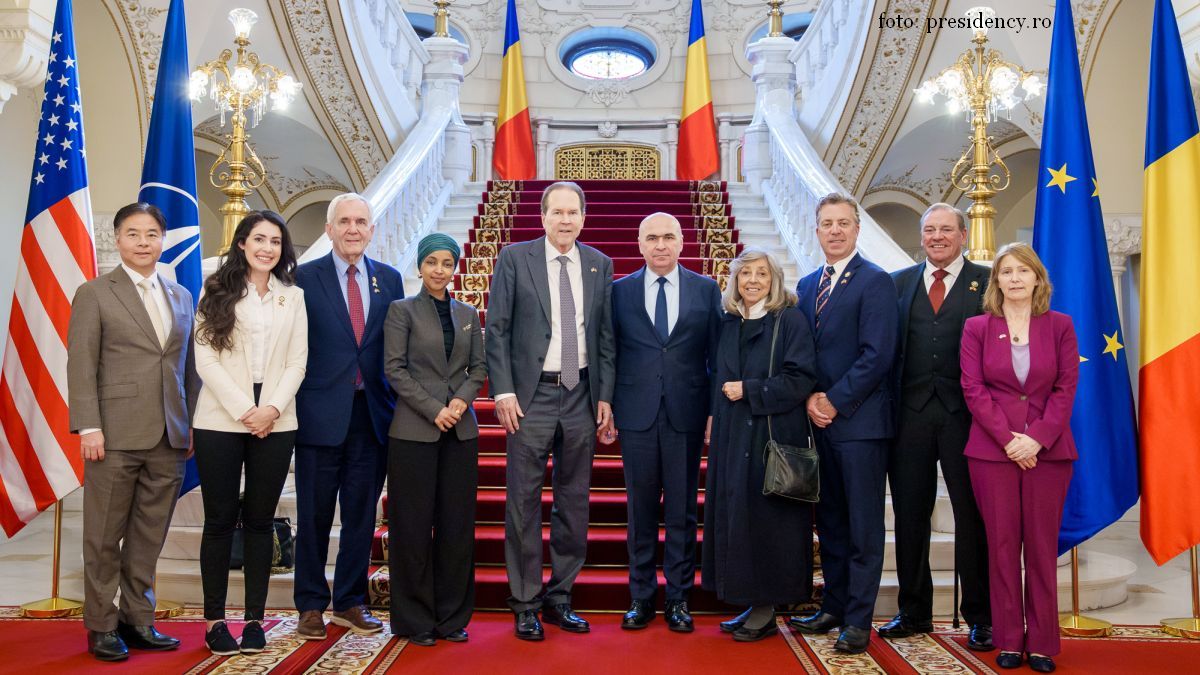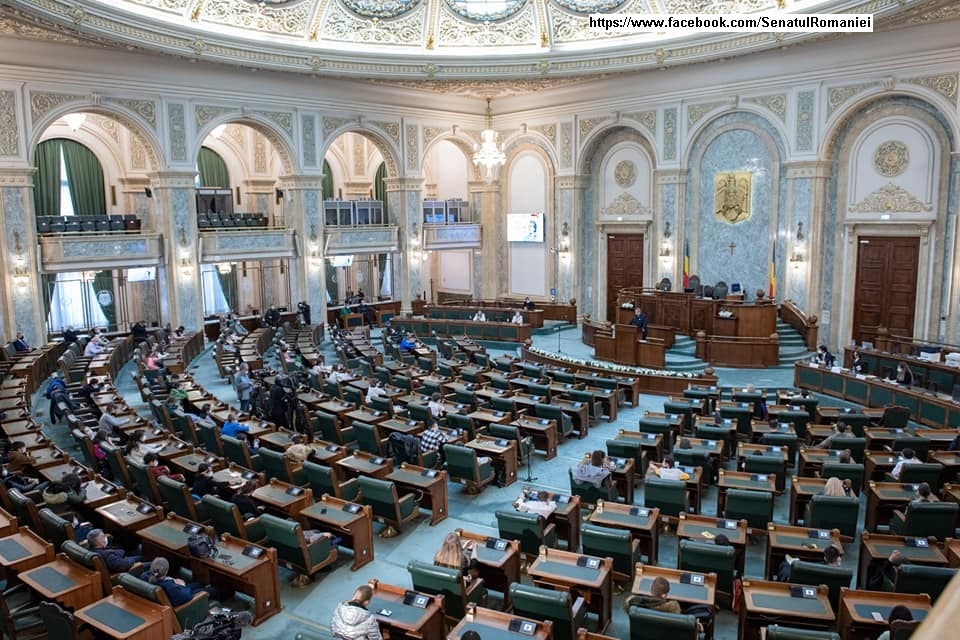Romania’s new Transport Master Plan
Romania seeks to upgrade its transport infrastructure, which is generally below EU standards, with the help of European funds.

Florentin Căpitănescu, 01.10.2014, 13:12
The strategic document under which Romania can receive European funding for big infrastructure projects has been under public debate since Wednesday. The General Transport Master Plan valid until 2030 basically provides for the construction of over 650 km of motorway and over 2,200 km of express road with the help of significant contribution from the EU. The targets seem extremely ambitious given that at the moment, after a lot of years of works and many unfulfilled promises, there are only 644 km of motorway and no kilometre of express road built in Romania. Prime Minister Victor Ponta gives details about the funding of the project:
“The Transport Master Plan is drafted by the international company AECOM, which, I think, is the biggest in the world, and refers to the cohesion funds made available by the European Union. Other roads, like the Transylvania Motorway, are funded from the national budget, in particular the levying of an additional excise duty.”
The document also provides for the Sibiu-Pitesti Motorway linking the centre to the south of Romania via the mountains to be turned into an express road; for the upgrading of railroads from Bucharest to Iasi, in the east, and to the border with Hungary, in the west; as well as for works to continue on the Bucharest-Danube Canal. In terms of costs, the Master Plan provides for over 650 km of motorway to be built with 6.3 billion euros, excepting VAT, and for over 2,200 km of express road to be built with nearly 17.5 billion euros, also excepting VAT.
Experts claim that in case the road network is extended as envisaged, the main beneficiary will be the domestic economy itself. Strategic investors, such as the well-known carmakers Ford and Renault, operating in Romania for many years, have repeatedly complained that their business is directly affected by the existing road infrastructure. Experts believe that the country’s poor transport infrastructure is also to blame for the fact that Romania’s huge tourist potential has not been sufficiently explored.






























